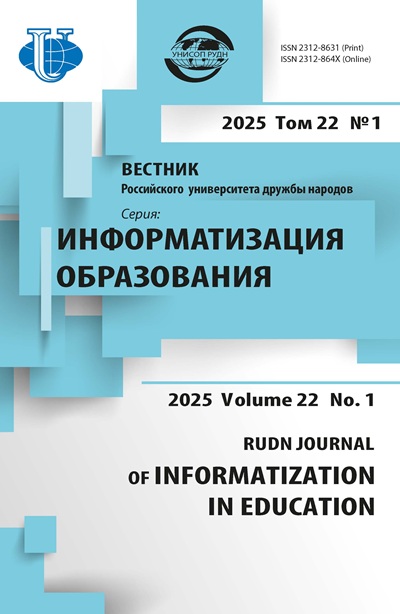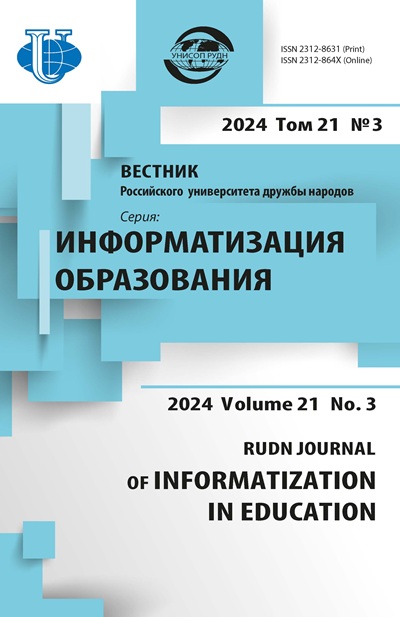Abstract
Problem statement. Modern requirements for teaching computer science in primary schools demonstrate the necessity of using innovative educational technologies. An urgent task is to justify the feasibility and appropriateness of using electronic hierarchical structures in this context. The primary aim of this study is to analyze existing approaches to teaching computer science, identify their shortcomings, and compare them with the current state of computer science education in Kazakhstan. Based on the data from a survey conducted among teachers, the main problems and deficiencies of current teaching methods are revealed. Methodology. The study employed methods of scientific publication analysis, surveys, and data analysis. Results. The article presents the results of a teacher survey that identifies the main problems in existing teaching methods. Based on the obtained data, the appropriateness of integrating electronic hierarchical structures into the educational process is justified. Arguments in favor of the effectiveness of this approach are provided, along with proposals for its integration into the school curriculum. Conclusion. The article discusses the prospects for further research and the development of new educational programs based on the potential of electronic hierarchical structures to optimize the educational process in computer science in primary school.
















